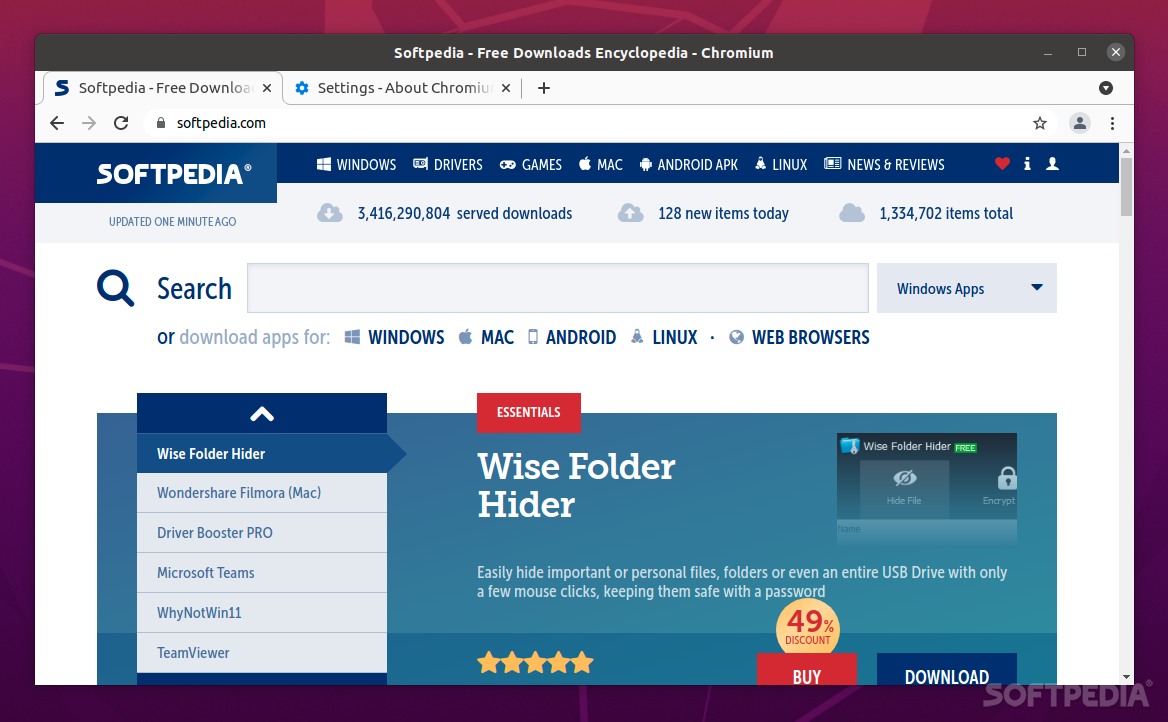

"Google going its own way, forking WebKit rendering engine". Thus it does not merit Active status per this article's criteria. ^ As of September 2022, LibWeb will require "years of development" before it is a full-featured engine suitable for real browsing.^ NetSurf does not fully support HTML5 or other recent Web standards, which means it cannot work properly on YouTube, Gmail, and many other popular websites.^ Internet Explorer continues to receive security updates, which means Trident (a.k.a.It has less web compatibility, but still renders the vast majority of websites.
 ^ Goanna is a fork of an old version of Gecko. Discontinued is when the engine code is abandoned. However, Maintained status can be as minimal as ensuring the engine code still compiles. ^ a b c Active status means that new Web standards continue to be added to the engine, which properly renders the vast majority of websites, including multimedia. The operating systems that engines can run on without emulation.Ĭompatibility of browser engines on various operating systems These tables summarize what actively-developed engines can support. Some UWP apps formerly in the Edge browser Pale Moon, Basilisk and K-Meleon browsers Google Chrome and all other Chromium-based browsers, notably Microsoft Edge, Brave, Vivaldi, Samsung Internet and Opera įirefox browser and Thunderbird email client Safari browser, plus all browsers for iOS GNOME Web The following browser engines are discussed in this article Then, in 2013, a modified version of WebKit was officially forked as the Blink engine. For example, the WebKit engine was created by forking the KHTML engine in 2001. Some of these engines have shared origins. This article compares browser engines, especially actively- developed ones.
^ Goanna is a fork of an old version of Gecko. Discontinued is when the engine code is abandoned. However, Maintained status can be as minimal as ensuring the engine code still compiles. ^ a b c Active status means that new Web standards continue to be added to the engine, which properly renders the vast majority of websites, including multimedia. The operating systems that engines can run on without emulation.Ĭompatibility of browser engines on various operating systems These tables summarize what actively-developed engines can support. Some UWP apps formerly in the Edge browser Pale Moon, Basilisk and K-Meleon browsers Google Chrome and all other Chromium-based browsers, notably Microsoft Edge, Brave, Vivaldi, Samsung Internet and Opera įirefox browser and Thunderbird email client Safari browser, plus all browsers for iOS GNOME Web The following browser engines are discussed in this article Then, in 2013, a modified version of WebKit was officially forked as the Blink engine. For example, the WebKit engine was created by forking the KHTML engine in 2001. Some of these engines have shared origins. This article compares browser engines, especially actively- developed ones.






 0 kommentar(er)
0 kommentar(er)
